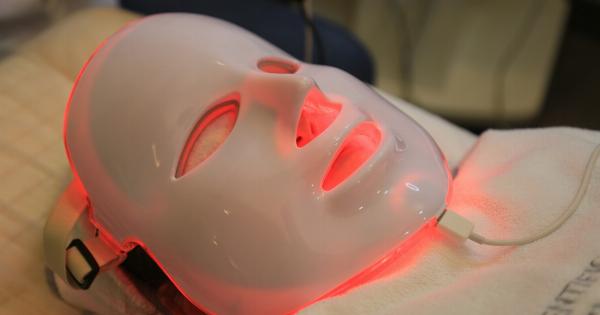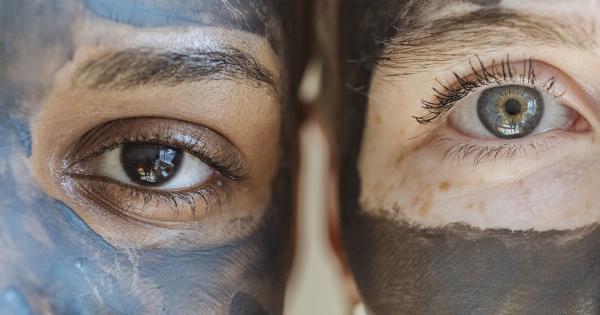Migraine is a common neurological disorder that can severely impact a person’s quality of life. According to the World Health Organization, it is the third most common disease in the world, affecting over one billion people worldwide.
Chronic migraines are defined as occurring more than 15 days per month, while episodic migraines occur less frequently. Currently, there are several treatments available for migraines, but they are not always effective. In this article, we will discuss some of the limitations of current migraine treatments.
Triptans
Triptans are a class of medications that are commonly used to treat migraines. They work by constricting blood vessels in the brain, thereby reducing inflammation and pain.
However, not all patients respond to triptans, and some experience unpleasant side effects such as nausea, dizziness, and fatigue. In addition, triptans are not recommended for patients with certain medical conditions such as cardiovascular disease, hypertension, or liver disease. Therefore, triptans may not be an appropriate treatment for all migraine sufferers.
Overuse of Medications
One of the challenges with migraine treatment is the risk of medication overuse.
Patients who take medications for migraine relief frequently or for extended periods of time may experience a rebound effect, which can lead to more frequent and severe headaches. This phenomenon is known as medication overuse headache (MOH) or rebound headache, and it can be difficult to treat. The best way to avoid MOH is to limit the use of acute migraine medications to no more than two or three times per week.
Botox Injections
Botox injections have become an increasingly popular treatment for chronic migraines. They work by blocking the release of neurotransmitters that cause pain, reducing the frequency and severity of migraines.
While botox injections can be effective for some patients, they are not a cure, and their effects wear off after several months. In addition, some patients may experience unpleasant side effects such as muscle weakness or difficulty swallowing. Therefore, botox injections may not be an appropriate treatment for all migraine sufferers.
Preventive Medications
Preventive medications are drugs that are taken regularly to reduce the frequency and severity of migraines. These medications include beta-blockers, calcium channel blockers, and anticonvulsants.
While preventive medications can be effective for some patients, they are not without limitations. Patients may experience side effects such as fatigue, dizziness, and weight gain. In addition, preventive medications may take several weeks or even months to become effective, and they may not work for all patients.
CGRP Inhibitors
CGRP inhibitors are a new class of medications that specifically target the calcitonin gene-related peptide (CGRP), which is believed to play a key role in the development of migraines.
These drugs work by blocking the action of CGRP, thereby reducing inflammation and pain. While CGRP inhibitors have shown promise in clinical trials, they are not without limitations. They are expensive, require regular injections, and may be associated with side effects such as injection site reactions, constipation, and muscle cramps.
Mind-Body Therapies
Mind-body therapies such as biofeedback, relaxation techniques, and cognitive behavioral therapy (CBT) have been shown to be effective in reducing the frequency and severity of migraines.
These therapies work by helping patients to recognize and manage stress, which is a known trigger for migraines. While these therapies can be effective for some patients, they may not work for all, and they require a significant time commitment and discipline on the part of the patient.
Alternative and Complementary Therapies
Many patients turn to alternative and complementary therapies such as acupuncture, massage, and herbal remedies for migraine relief.
While these therapies may be effective for some patients, there is little scientific evidence to support their use, and they may be associated with risks such as infection or adverse reactions to herbs. Therefore, patients should use caution when considering alternative and complementary therapies.
Conclusion
Migraines are a common neurological disorder that can severely impact a person’s quality of life. While there are several treatments available, each has its own limitations and risks.
Patients should work closely with their healthcare providers to find the treatment that is appropriate for their individual needs. By understanding the limitations of current migraine treatments, patients can make informed choices and improve their chances of finding relief from this debilitating condition.



























